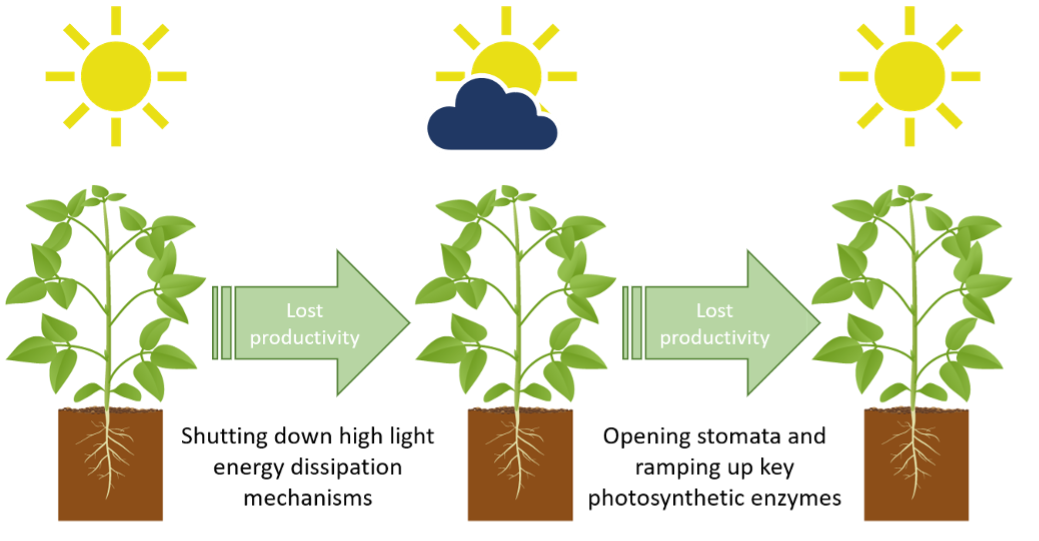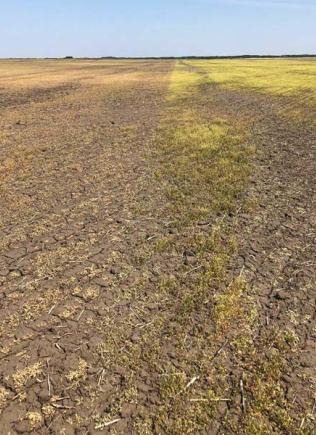We all know sunlight is key to plant growth. Plants harness light energy to fix carbon dioxide into energy they can use for growth.
But what happens to this process on a cloudy day? How much yield is lost due to light fluctuations?
A research team at the University of Illinois has created a new mathematical computer model to figure this out. This work is part of an international research effort known as RIPE (Realizing Increased Photosynthetic Efficiency) that seeks to improve photosynthesis to equip farmers with higher-yielding crops. RIPE has a number of big funding providers, including the Bill and Melinda Gates Foundation.
It turns out that soybeans lose as much as 13% in yield due to changing light conditions. The problem lies with the inability of soybeans and other crops to react fast enough to a passing cloud. When plants transition from low to high light there are a few things that need to happen to get photosynthesis up and running at maximum capacity, including activating key enzymes (ie. rubisco) and opening stomata. This process is called photosynthetic induction and unfortunately is not able to occur instantly, rather it takes a few minutes.
On the other hand, the transition from high light to low light involves the relaxation of non-photochemical quenching (NPQ). NPQ is a form of photoprotection that plants use in high light environments to protect themselves from photodamage by dissipating excess light energy in the form of heat. It can take a few minutes to a few hours to shut down this process when a plant transitions from high light to low light. During this time the plant is dissipating light as heat rather than using it to produce energy for itself.
With this new mathematical model that predicts this photosynthetic loss due to light fluctuations in soybean fields, researchers can work to develop genetics that minimize this issue. For example, the team has used this model to evaluate 41 soybean varieties and learned they vary wildly in the amount of time it takes to shut down the photoprotection process when transitioning form high light to low light. Some varieties can make the transition in minutes, while others take over an hour. For some varieties of soybeans, every time a cloud passes overhead they are losing yield potential. This research highlights the work that still needs to be done to maximize our yield potential by growing more efficient beans.

